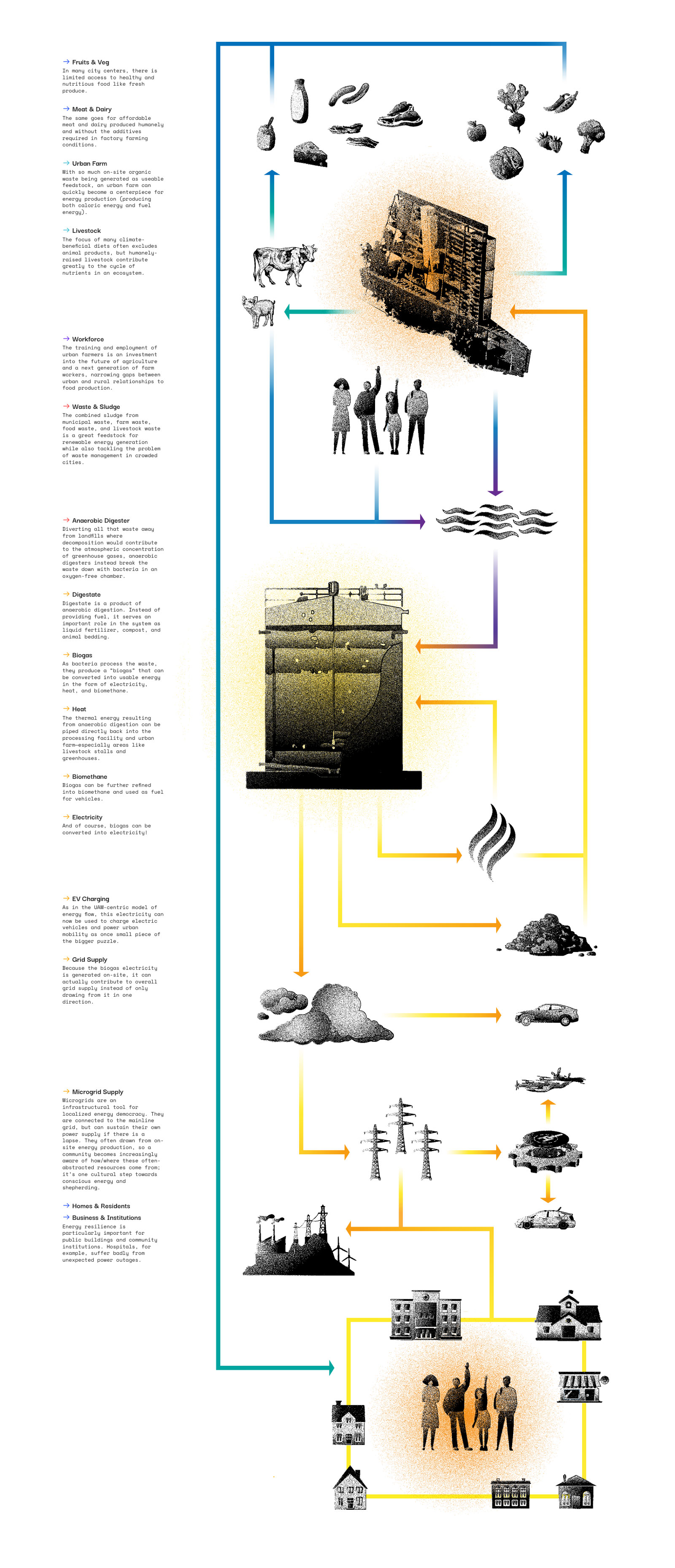
As part of the inaugural research collaboration between RISD and Hyundai around urban air mobility (UAM), Urban Energy Pathways is a solo exploration contrasting two perspectives on movement and energy within evolving cityscapes.
Future projects of mobility will be bound together with longstanding demands for food sovereignty, energy democracy, waste management, and job security. Electrification in the transport sector is an opportunity to treat matters of mobility as matters of democratic movement and access.
![]()
Future projects of mobility will be bound together with longstanding demands for food sovereignty, energy democracy, waste management, and job security. Electrification in the transport sector is an opportunity to treat matters of mobility as matters of democratic movement and access.

The exploration began as part of a broader speculative design inquiry, wherein the From Anthropocene to Aerocene, through Biocene team crafted experimental proposals at the convergence of constructive criticisms and aspirational solutions. Indulging negative speculation opens up important conversations about unintended consequences, preemptive solutions, opportunity spaces, and alternative realities.
Will flying vehicles restrict viewports to protect people’s privacy on the ground? Will they become open-source devices for atmospheric data collection and microclimate monitoring? Will aerial mobility change the city landscape to the detriment or advantage of low-income peripheral neighborhoods? Will UAM serve the urban ecosystem by aiding seed-spreading and pollination support? Will new aerial infrastructure accommodate the needs of the non-human citizens of the sky through a holistic design approach? Will it contribute to geoengineering strategies with wayfinding albedo pathways and CO2 scrubbers for Direct Air Capture?
Read more about this process in our peer-reviewed case study (Cardini and Wang 2023):
![]()
Will flying vehicles restrict viewports to protect people’s privacy on the ground? Will they become open-source devices for atmospheric data collection and microclimate monitoring? Will aerial mobility change the city landscape to the detriment or advantage of low-income peripheral neighborhoods? Will UAM serve the urban ecosystem by aiding seed-spreading and pollination support? Will new aerial infrastructure accommodate the needs of the non-human citizens of the sky through a holistic design approach? Will it contribute to geoengineering strategies with wayfinding albedo pathways and CO2 scrubbers for Direct Air Capture?
Read more about this process in our peer-reviewed case study (Cardini and Wang 2023):
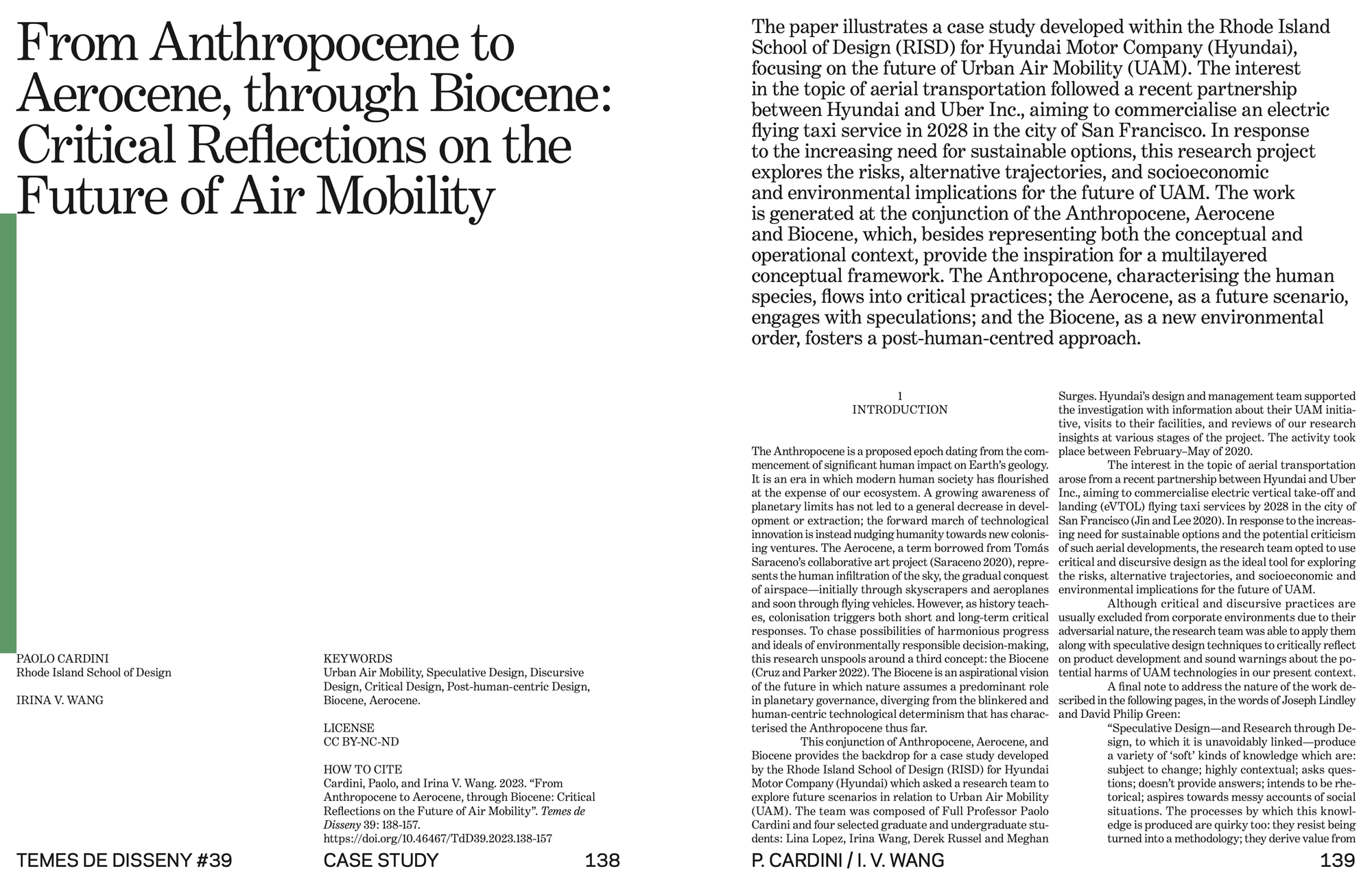
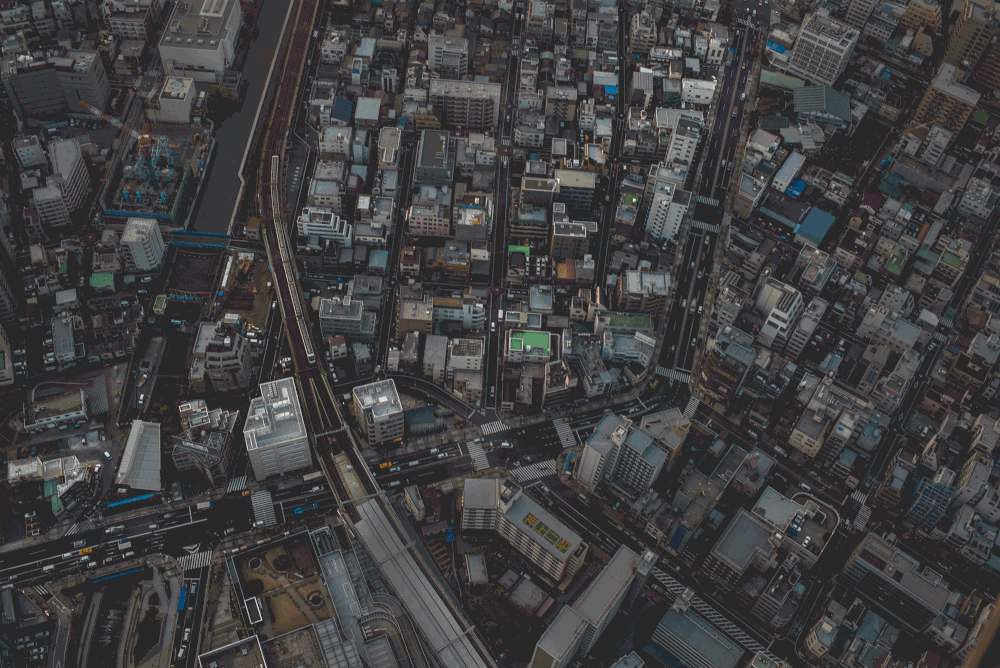



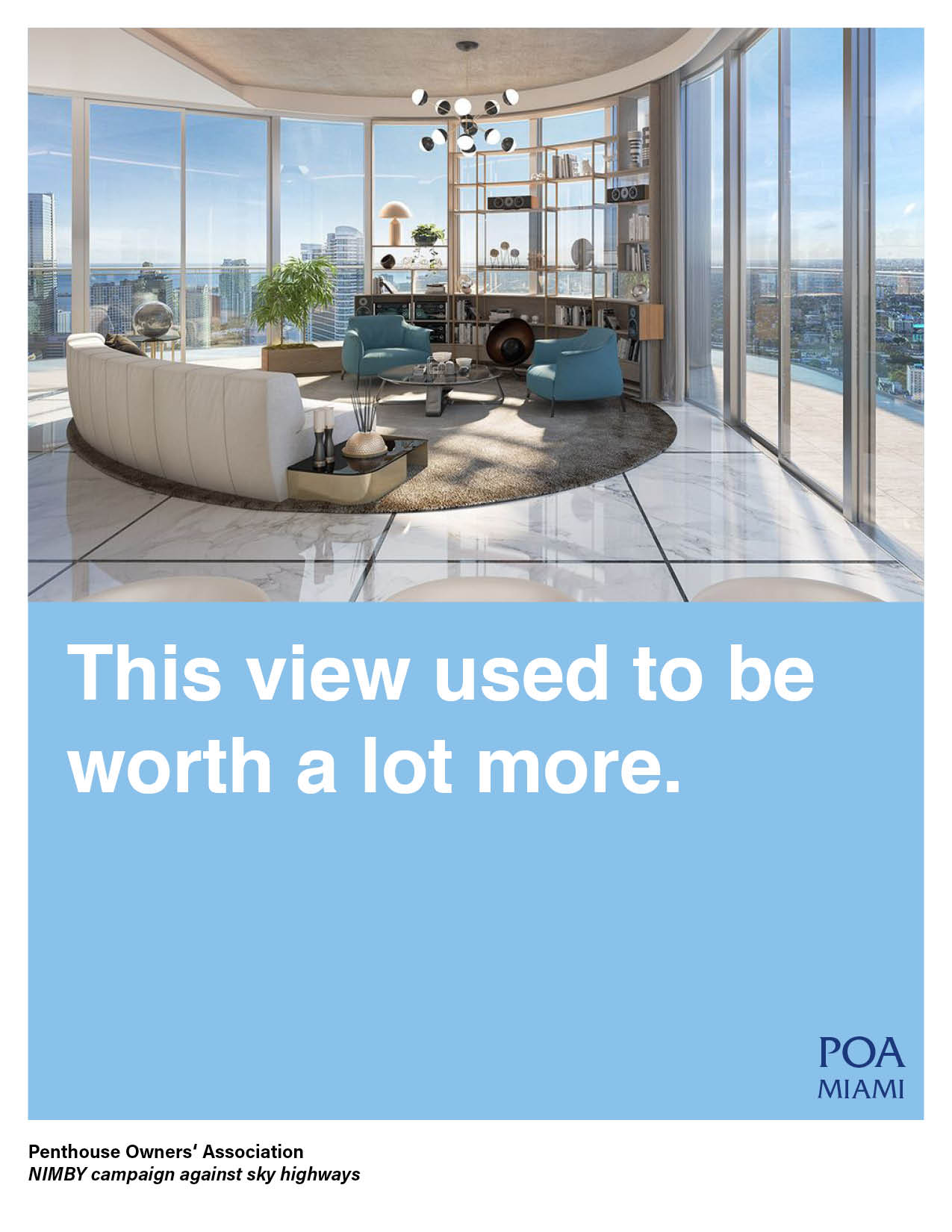

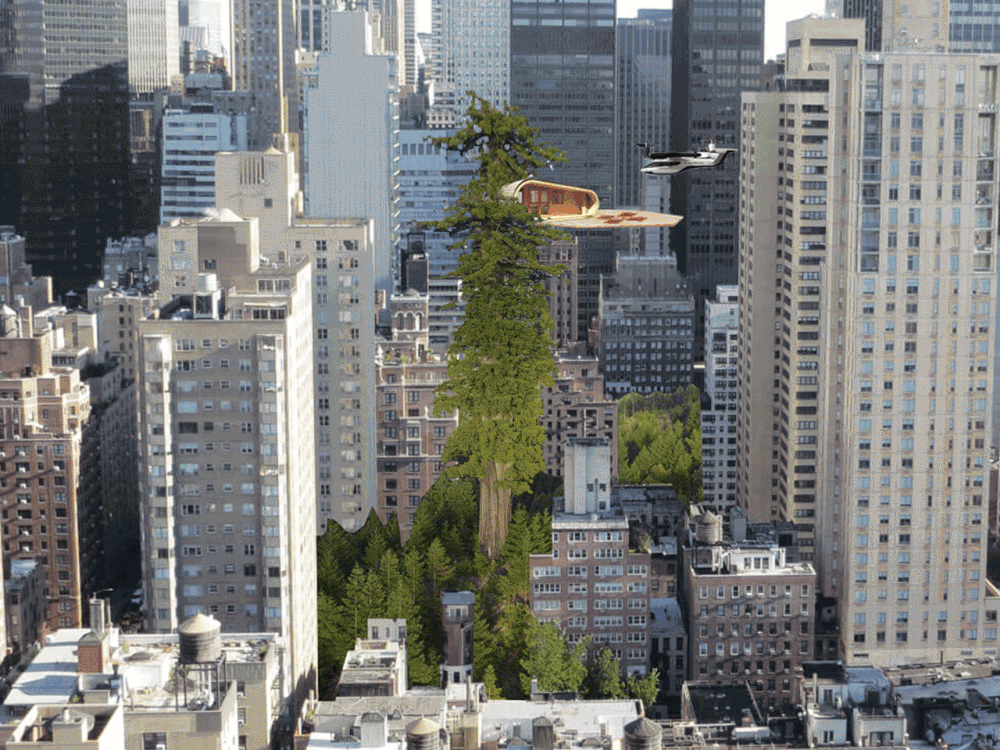
A further round of team research elaborated on speculative urban ecologies and their integrated ecosystems, imagining alternative models wherein design works with/for nature—as opposed to making nature work for humans. Starting with the assertion that different future visions belong to different presents, foundations were built upon concerns (emergent/recurring) adjacent to the COVID-19 pandemic with a focus on the built environment, transitional spaces, and speculative anthropology.
The team’s methodology and provocations were compiled into the interactive website ‘Aerocene Ecosystem & Post-Covid Futuring,’ which won Readymag’s Project of the Year 2020.
The team’s methodology and provocations were compiled into the interactive website ‘Aerocene Ecosystem & Post-Covid Futuring,’ which won Readymag’s Project of the Year 2020.
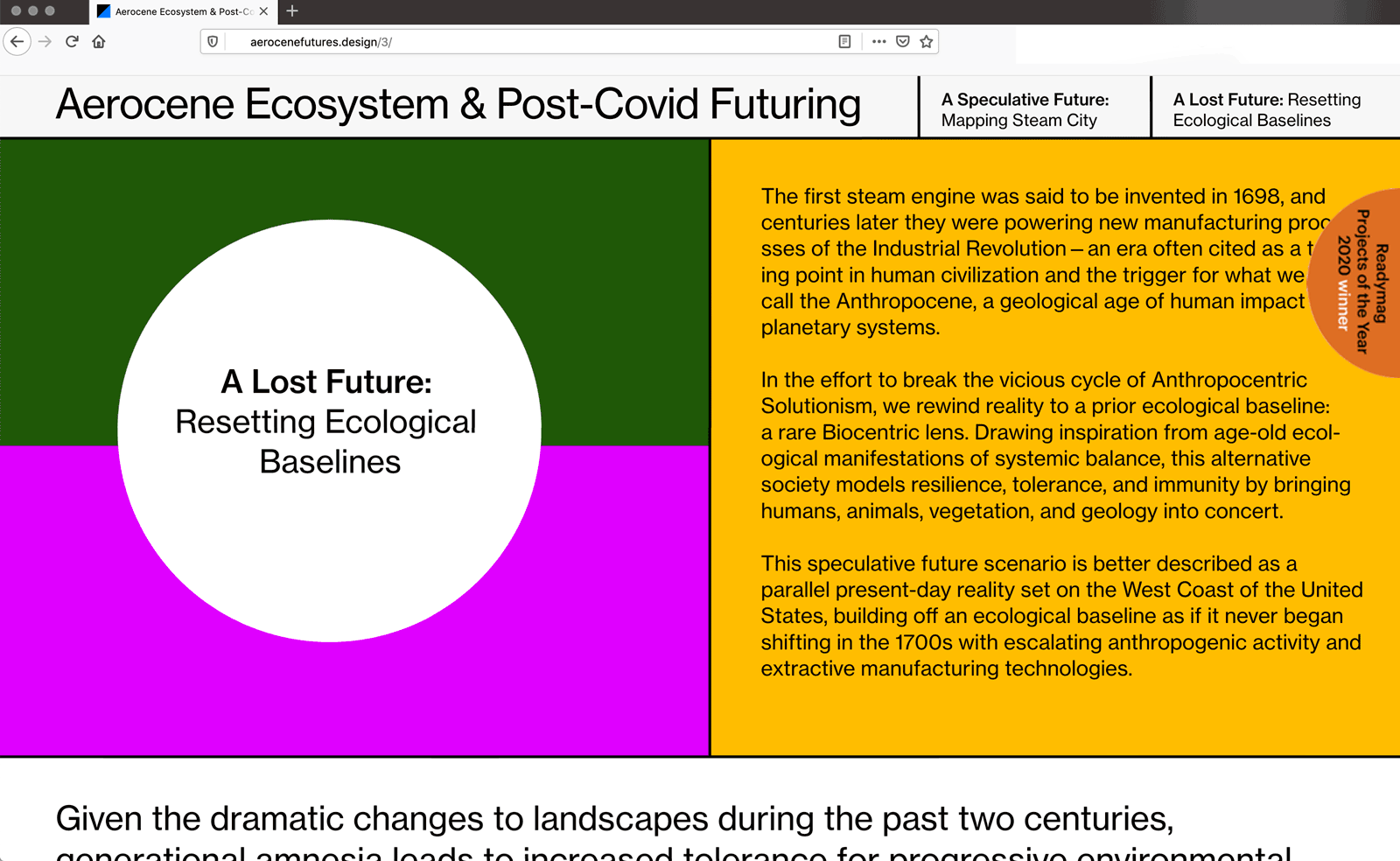
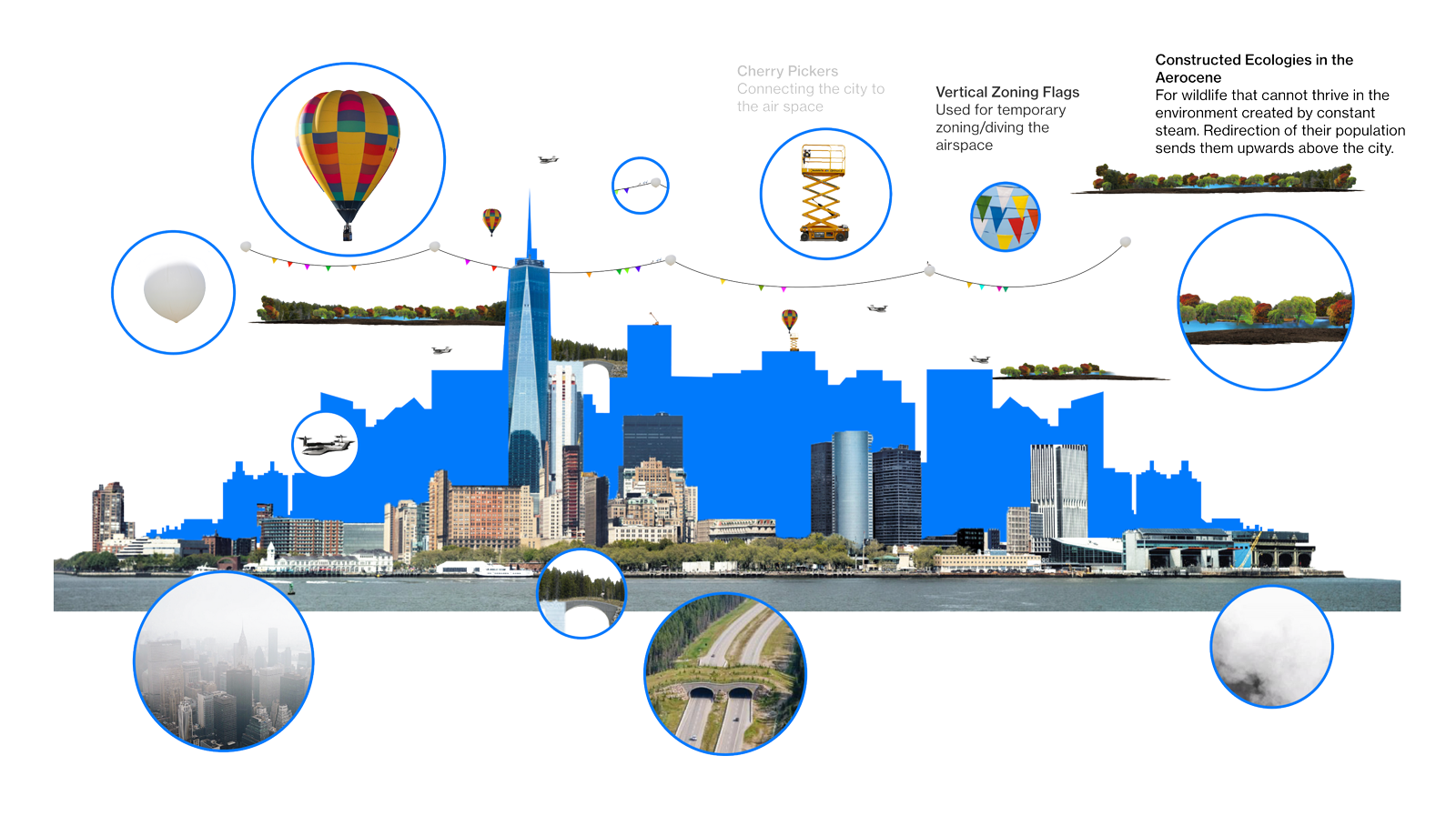
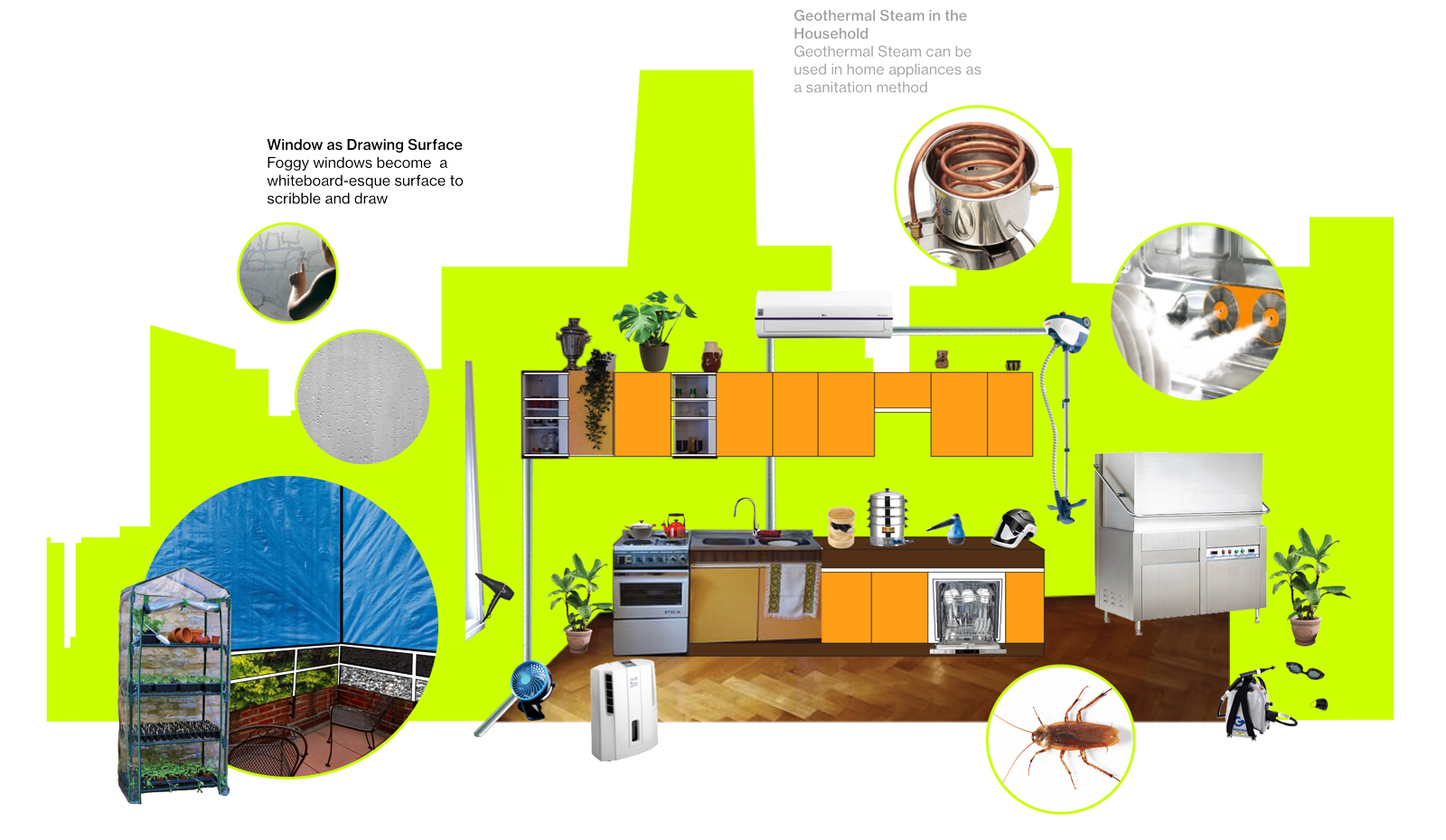
The final phase of individual research took place in Seoul and interrogated the age-old fascination with perpetual motion machines. Human-centered design has often employed nature’s structures and mechanisms for unilateral energy harvest. Conversely, an ecocentric approach to biomimicry contextualizes design within a planetary equilibrium; by that definition, ‘passive energy’ shepherds energy within an interconnected system rather than generating it for an isolated industry/machine.
Building upon this interpretation, a pedagogical tool was designed to encourage a holistic understanding of passive energy by closing the loop between natural phenomena, energy conversion, and material response. All phases of work culminated in an exhibition at Hyundai’s Namyang R&D Center at the end of 2020.
Building upon this interpretation, a pedagogical tool was designed to encourage a holistic understanding of passive energy by closing the loop between natural phenomena, energy conversion, and material response. All phases of work culminated in an exhibition at Hyundai’s Namyang R&D Center at the end of 2020.




